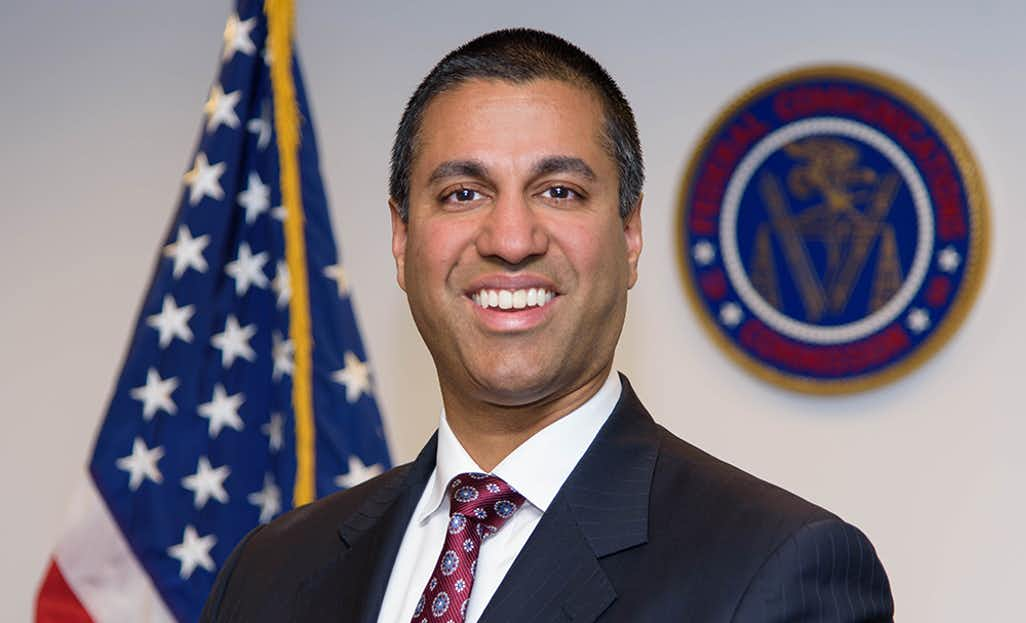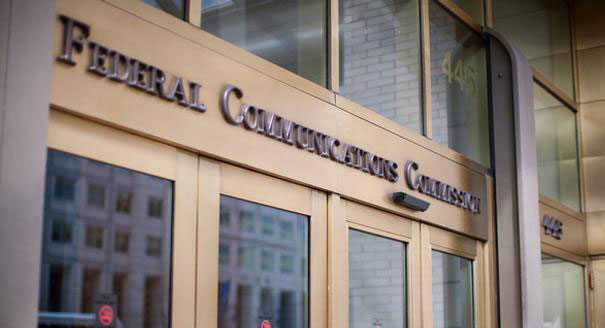
REMARKS OF FCC CHAIRMAN AJIT PAI
AT THE 2.5 GHZ RURAL TRIBAL WINDOW WORKSHOP
WASHINGTON, DC
 Over the past three years, many Tribal leaders have graciously welcomed me into your communities—from the Rosebud Sioux Reservation in South Dakota to the Chickasaw Nation in Oklahoma to the Coeur d’Alene Tribe in Idaho to the Navajo Nation in Arizona to the Jemez and Zia Pueblos in New Mexico.
Over the past three years, many Tribal leaders have graciously welcomed me into your communities—from the Rosebud Sioux Reservation in South Dakota to the Chickasaw Nation in Oklahoma to the Coeur d’Alene Tribe in Idaho to the Navajo Nation in Arizona to the Jemez and Zia Pueblos in New Mexico.
I’m grateful for this opportunity to return the hospitality.
My travels throughout Indian Country have shown me that bringing high-speed connectivity to rural Tribal lands can be a game-changer. Broadband enables teleworking, job searches, and even starting an online business. It allows patients to consult with specialists without having to drive hours to the nearest hospital. And it gives students the ability to take advanced math and science classes online, if they aren’t offered at the local school.
That’s why I’m proud to have launched several FCC initiatives to expand broadband access on Tribal lands.
Through our Universal Service Fund, in 2018, we increased financial support for small, rural carriers that deploy and operate fixed broadband networks on rural Tribal Lands in recognition of the many unique challenges of building and maintaining networks in those areas. And last year, the FCC authorized a new round of support for such carriers to operate, improve, and expand fixed broadband to more than 37,000 locations on Tribal lands. Notably, this funding included a Tribal Broadband Factor, which increased financial support specifically for rural carriers serving Tribal lands.
Later this month, the FCC is set to build on those reforms and take our biggest step yet to close the digital divide in rural America. We will be voting to create the $20.4 billion Rural Digital Opportunity Fund to connect rural homes and businesses. An important priority for me is to ensure that this program will advance broadband deployment on rural Tribal lands. That’s why we’ll aim to give carriers bidding on rural Tribal lands an advantage in the auction, by giving bids to serve Tribal lands a funding “bump” and making it easier for Tribally owned and Tribally controlled carriers to finance construction of their networks in the areas they win at auction.
These are all important initiatives that will benefit many Tribes. But I’m particularly excited about the initiative that has brought us together today.
 Last year, the FCC voted to reform the 2.5 GHz band. This band is the largest contiguous block of spectrum below 3 GHz in the United States. But for too long, this valuable spectrum hasn’t been used in large parts of the country, particularly in the Western United States. And that was primarily because of our outdated rules.
Last year, the FCC voted to reform the 2.5 GHz band. This band is the largest contiguous block of spectrum below 3 GHz in the United States. But for too long, this valuable spectrum hasn’t been used in large parts of the country, particularly in the Western United States. And that was primarily because of our outdated rules.
So last summer, the FCC took action. We removed obsolete restrictions on this band, allowing more flexibility in how the spectrum can be used.
But most notably for this audience, we gave federally recognized rural Tribes and Alaska Native Villages a “priority window” to obtain this spectrum to serve rural Tribal lands. That is, before any commercial auction of this spectrum, we are giving Tribes first dibs. You heard me right. Tribes can obtain this spectrum without having to bid in an auction.
This application window will run from February 3 to August 3. As a result of Tribal input, the window will be open for six months, which should give Tribes the time they need to apply.
I’m not speculating when I say that this spectrum could deliver major benefits to rural Tribal communities. The Havasupai Tribe, located at the base of the Grand Canyon, currently uses 2.5 GHz channels to offer wireless broadband service. It’s being used by the community’s Early Head Start building, teachers, and K-12 students. This is what I call “digital opportunity.” And now it’s within reach of many Tribes.
For this is the first time in the FCC’s history that we have ever given Tribal entities a priority window to obtain spectrum licenses for wireless broadband. I’m proud that it is happening under my watch, and I hope that Tribes will take advantage of it.